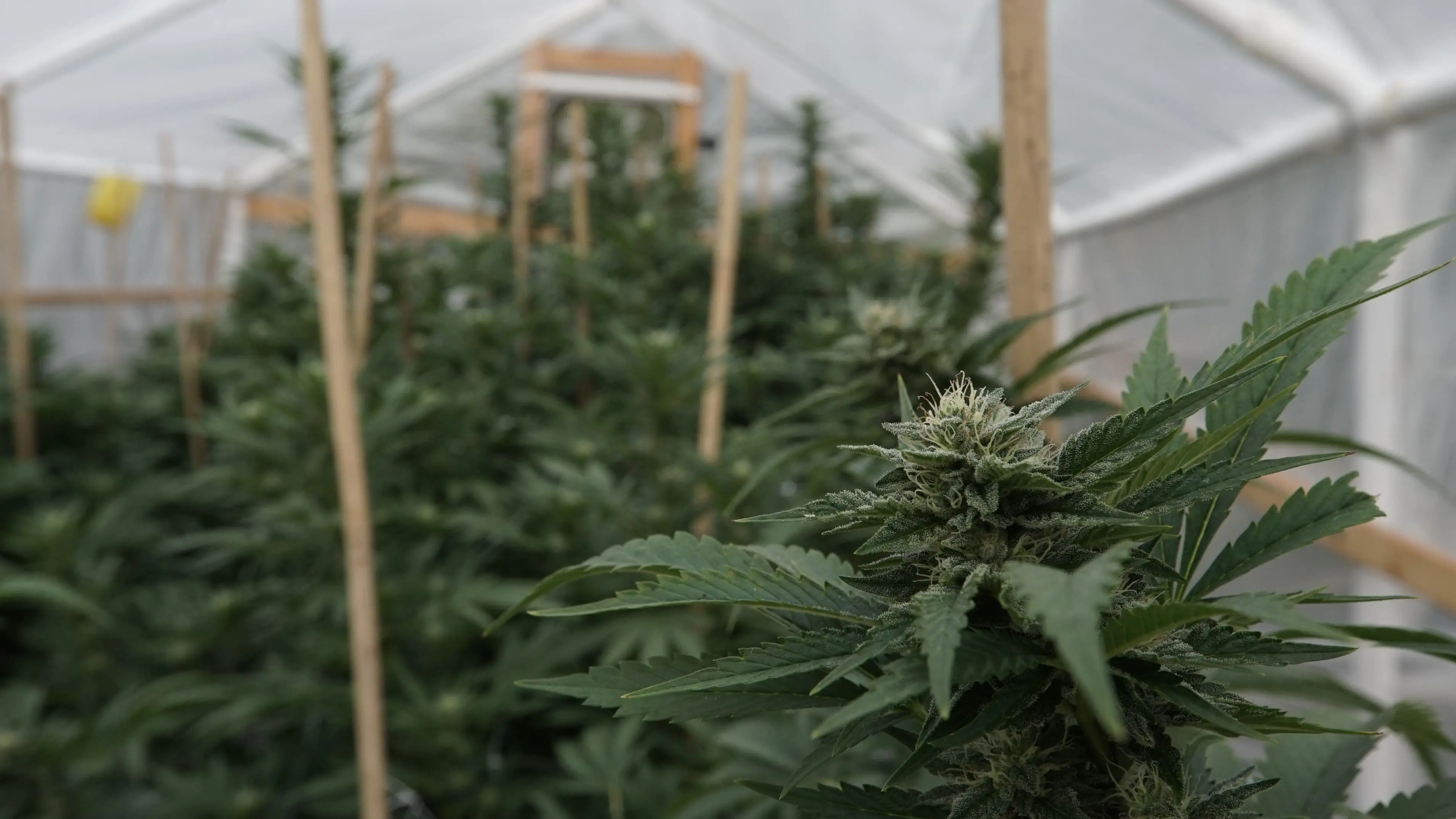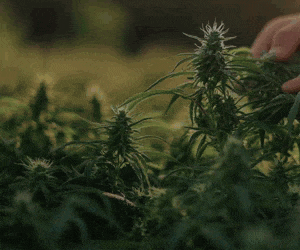Politics
How Cannabis Regulators Can End The ‘Croptober’ Crisis Of Product Inversion (Op-Ed)

“Regulators face a choice: confront inversion with meaningful oversight, or let legalization harden into monopoly and fraud.”
By Damian Fagon, Parabola Center for Law & Policy
New York enters the month known in the cannabis space as “Croptober” with a problem it can no longer ignore: Much of what is marketed as homegrown cannabis is not grown in state at all.
The practice, known as inversion, funnels cheap cannabis from oversupplied states into New York’s licensed market, where it is falsely sold as locally produced. It is simple, profitable and increasingly brazen. With harvest season underway and oversight still weak, inversion threatens to become the norm in the nation’s fastest-growing legal market.
In spring 2025, state regulators quarantined roughly $10 million in products during an inversion probe, followed by a broader recall in June. But New York’s seed-to-sale system, Metrc, will not be fully operational until late December 2025. Until then, this Croptober provides cover for tons of inverted supply.
The roots of this problem extend far beyond New York.
California pioneered the oversupply model. Early legalization enabled companies to stack dozens of small cultivation licenses, producing far more cannabis than local demand. When large licenses opened in 2023, production consolidated, with the top ten percent of cultivators controlling about 60 percent of acreage and millions of square feet concentrated under a handful of operators.
By early 2025, California’s legal sales fell 11 percent year-over-year as its licensed oversupply spilled into New York’s legal and illegal storefronts.
Michigan followed the script but went further. The state explicitly allowed stacking of Class C cultivation licenses at one site, fueling industrial-scale grows. By June 2025, regulators had licensed about 3.2 million plants, more than one and a half plants per in-state consumer. Flower that once sold for over $500 an ounce now averages $60. That same month, regulators reported the fourth straight year-over-year sales decline.
California and Michigan’s surpluses do not stay contained; they are absorbed into New York’s market.
Licensed New York operators explain the mechanics (including in an interview with a licensed cultivator and broker who wished not to be named): Growers pad harvest reports by recording fake bulk purchases or disposals of low-value plant matter. When out-of-state cannabis arrives, it is logged under those inflated totals and presented as part of their local production. In some cases it is outright swapped for in-state harvests. Processors mirror the scheme, reporting extraction yields far higher than the inputs could ever produce.
The incentives align too neatly. Oversupplied states churn out cannabis at rock-bottom prices. New York’s tracking is delayed, its inspections limited and its penalties trivial compared to profits. Licensed farmers sit on unsold compliant harvests while inversion fills our dispensary shelves. Consumers lose trust that “New York grown” means what it claims, and safety risks rise when provenance is unknown. To put it plainly, our market cannot survive when fraud is easier than compliance.
Recent research confirms that permissive regulatory climates are the strongest attractor for cannabis firms. That is why companies cluster in Michigan, Oklahoma and California, regardless of geographic affiliation. Their lax systems destabilize not only their own markets but those of neighboring states.
How New York Can Shut Down Inversion
Metrc can track paperwork, but it cannot stop fraud from being entered as fact. It inhibits licensed cannabis from leaking into the illicit market, but it cannot stop illicit supply from being typed in as if it were grown in New York. To close that gap, regulators must pair digital reporting with routine audits, surprise inspections and real-time checks that confirm reported yields against actual production.
Structural reform is just as urgent. Stacking licenses has created surpluses no market can absorb. Soon-to-be-legal markets such as Pennsylvania and Virginia must not repeat those mistakes. Canopy caps, ownership restrictions and limits on consolidating multiple grows at one site are essential to make oversight realistic and preserve room for small, compliant growers.
Finally, regulators should create true consumer-facing accountability. Today, cultivation and processing sites are reported to the Office of Cannabis Management (OCM) but largely hidden from the public. Making that information visible on product labels, verified through inspections and distributor-level audits, would let buyers distinguish authentic New York harvests from imports. Paired with penalties that seize ill-gotten profits rather than fines, such reforms would flip incentives and inversion would no longer be the rational business choice.
State-level reforms, however, cannot fix a national imbalance.
California designed this model of unchecked supply and Michigan has expanded upon it. Officials in those states have refused to align production with demand, and their neglect destabilizes markets far beyond their borders.
New York cannot continue to absorb the costs of their failure. Regulators face a choice: confront inversion with meaningful oversight, or let legalization harden into monopoly and fraud. The future of craft cannabis, small farmers and equity licensees will be decided by whether officials finally enforce the systems they promised.
Damian Fagon is a former New York cannabis regulator and is the executive leadership fellow at Parabola Center for Law and Policy.
Photo courtesy of Chris Wallis // Side Pocket Images.



